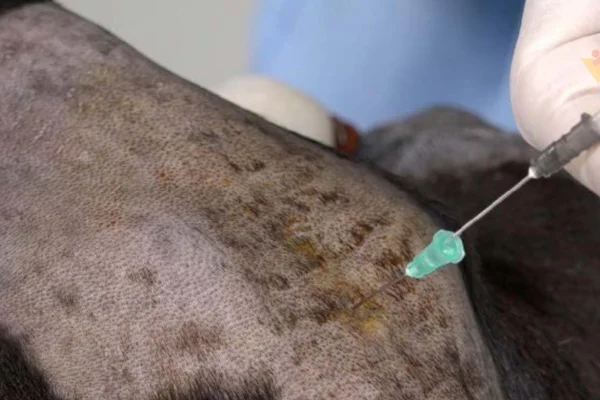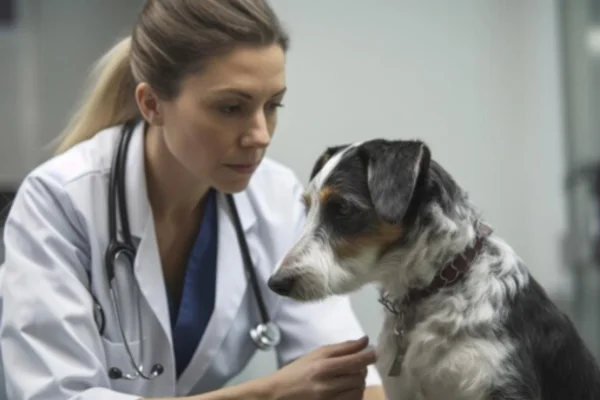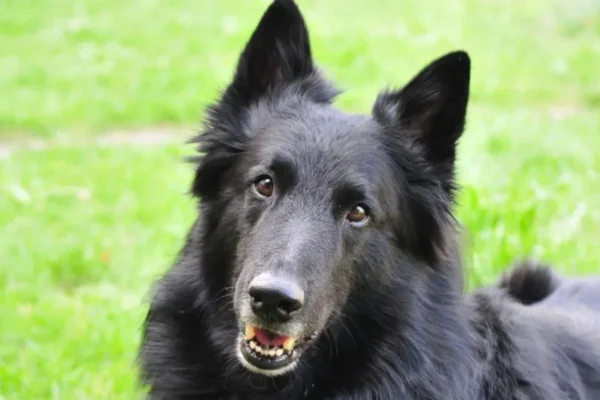Epidural anesthesia in dogs:
Technique and Precision in Veterinary Medicine
Veterinary medicine is constantly evolving, always seeking to improve techniques to ensure the well-being of our pets. Among these techniques, epidural anesthesia stands out for its effectiveness and safety in surgical procedures in dogs. In this article, we will explore this technique in detail, its benefits, indications, risks and the importance of specialized knowledge for its application.
What is Epidural Anesthesia?
Epidural anesthesia, also called an epidural block, is an anesthetic technique that involves injecting medication into the epidural space of the spine. This space is located outside the dura mater, one of the membranes lining the spinal cord. The aim is to block the transmission of nerve impulses in the region, promoting analgesia and allowing pain-free surgery.
How is Epidural Anesthesia Applied to Dogs?
The application of epidural anesthesia in dogs is a procedure that requires precision and care. First, the animal is prepared and positioned correctly, usually in a ventral dorsal position and in a sphinx position (belly down). After hair removal (trichotomy) and antisepsis of the area, a specialized veterinarian (anesthesiologist) inserts a specific fine needle or catheter into the epidural space, typically between the lumbar vertebrae.
Contents
With the needle positioned correctly, the local anesthetic or analgesic is injected. Among the most commonly used drugs are lidocaine, bupivacaine and ropivacaine. In some cases, opioids such as morphine can be added to prolong analgesia. The choice of drug and dosage depend on the type of surgery, the expected duration of the procedure and the patient's individual characteristics.
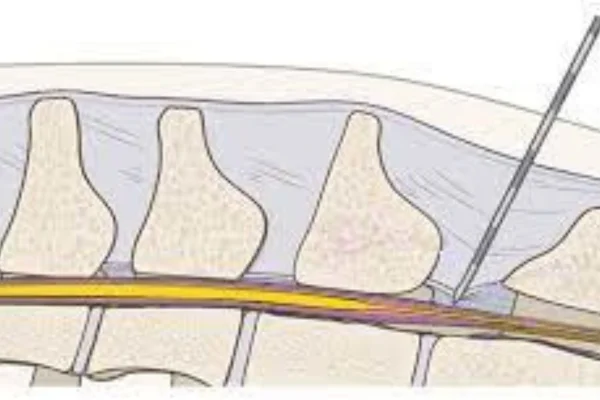
Benefits of Epidural Anesthesia in Dogs
The benefits of epidural anesthesia are numerous, making it an increasingly popular option in veterinary practice. Among the main ones are:
- Prolonged analgesiaEpidural anesthesia offers pain relief for a prolonged period, often longer than conventional anesthetic techniques. This is particularly advantageous in extensive surgeries or procedures involving a painful post-operative period.
- Reduced need for general anestheticsBy providing effective analgesia, epidural anesthesia reduces the amount of general anesthetics needed, reducing the risks associated with general anesthesia, such as respiratory and cardiovascular depression.
- Faster recoveryWith less use of general anesthetics and effective pain control, dogs tend to recover more quickly, with fewer side effects and a better quality of life in the post-operative period.
- Less stress for the animalReducing post-operative pain and discomfort significantly reduces the animal's stress, contributing to a more peaceful and efficient recovery process.
Indications for Epidural Anesthesia
Epidural anesthesia is indicated for a wide variety of surgical and diagnostic procedures in dogs, including:
- Orthopedic surgeriessuch as fracture repair and dysplasia.
- Abdominal proceduresincluding sterilizations and gastrointestinal surgeries.
- Urological interventionssuch as cystotomies and corrections for urinary incontinence.
- Perineal surgeryincluding corrections of perineal hernias and removal of anal glands.
Potential Risks and Complications
Although epidural anesthesia is a safe and effective technique, it is not without risks. Some potential complications include:
- InfectionAs with any invasive procedure, there is a risk of infection at the injection site.
- BruisesHematomas may form at the injection site, especially in dogs with coagulation disorders.
- Nerve damageAlthough rare, there is a risk of nerve damage during needle insertion, which can result in temporary or permanent neurological deficit.
- Allergic reactionsAlthough uncommon, allergic reactions to the anesthetics used can occur.
The Importance of Specialized Knowledge
Applying epidural anesthesia requires in-depth knowledge of canine anatomy, as well as skill and technical precision. It is therefore essential that the procedure is carried out by veterinarians who are specialized and experienced in the technique. Continuous education and specific training are essential to ensure the safety and efficacy of epidural anesthesia in dogs.
Post-operative care
Post-operative care is crucial to ensure a quick and uncomplicated recovery. Among the main precautions are:
- Pain monitoringIt is essential to monitor the animal's pain and adjust the medication as necessary. Additional painkillers may be prescribed to ensure the dog's comfort.
- Infection ControlThe injection site should be observed regularly for signs of infection, such as redness, swelling or discharge.
- Gradual mobilization: Encouraging the gradual mobilization of the animal helps prevent complications such as thrombosis and promotes the recovery of muscle function.
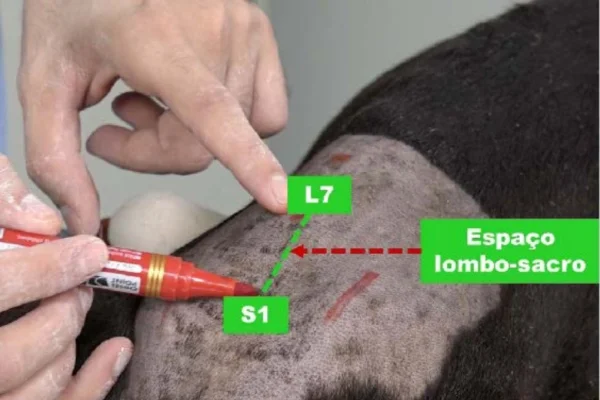
The Future of Epidural Anesthesia in Veterinary Medicine
Epidural anesthesia represents a significant advance in veterinary medicine, providing effective pain control and a faster, more peaceful recovery for dogs. As technology and knowledge advance, new techniques and drugs are expected to further improve the safety and efficacy of this procedure.
The future of epidural anesthesia in veterinary medicine may also include the development of less invasive methods and the use of advanced imaging technologies to guide needle insertion, increasing precision and reducing the risks associated with the procedure.
Conclusion - Epidural anesthesia in dogs
Epidural anesthesia in dogs is an effective technique that offers numerous benefits, from prolonged analgesia to a faster and less stressful recovery for the animals. However, its application requires specialized knowledge and meticulous care to ensure the safety and effectiveness of the procedure. As veterinary medicine continues to evolve, epidural anesthesia will continue to play a crucial role in the care and well-being of our faithful companions, providing them with a healthier and more comfortable life.
_________________________________________________
Thank you for visiting us and check out our other work

